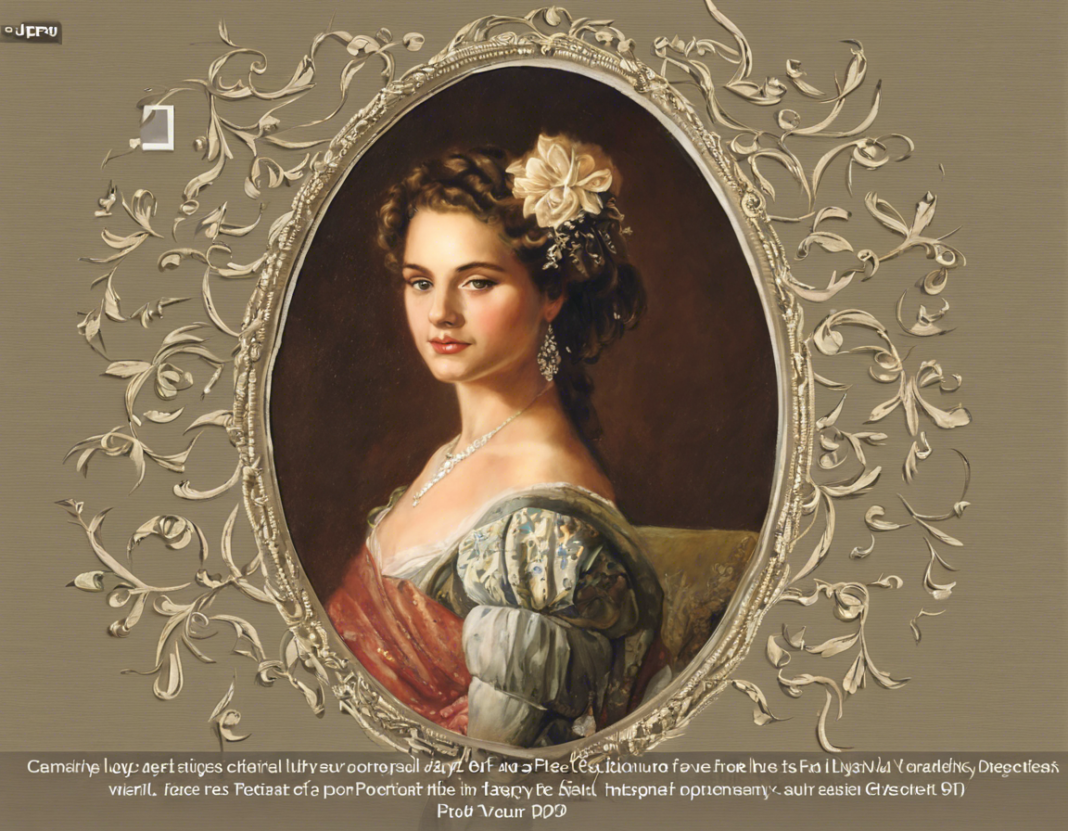As students venture into the realm of classic literature, one of the notable works they may encounter is “The Portrait of a Lady” by Henry James. This timeless novel has captivated readers for generations with its intricate portrayal of characters, societal norms, and personal dilemmas. For those delving into this profound piece of literature, a comprehensive study guide can provide valuable insights to enhance their understanding and appreciation of the text.
Summary of ‘The Portrait of a Lady’:
“The Portrait of a Lady” follows the journey of Isabel Archer, a young American woman who inherits a substantial fortune. As she travels to Europe, she is introduced to a variety of characters who shape her experiences and decisions. Isabel’s desire for independence and self-fulfillment clashes with the societal expectations and manipulations she encounters, leading to a complex exploration of identity, freedom, and morality.
Themes in ‘The Portrait of a Lady’:
1. Independence vs. Conformity: The novel reflects the tension between pursuing one’s individual desires and conforming to societal norms and expectations.
2. Power and Control: Various characters in the novel seek to exert power and control over Isabel, raising questions about autonomy and manipulation.
3. Identity and Self-discovery: Isabel’s journey involves a quest for self-discovery and the exploration of different facets of her identity.
4. Marriage and Freedom: The institution of marriage is central to the plot, highlighting the limitations and freedoms it offers to individuals, particularly women.
5. Class and Society: The novel delves into the complexities of class distinctions and societal hierarchies, impacting the characters’ interactions and choices.
Character Analysis:
1. Isabel Archer: The protagonist of the novel, Isabel is depicted as a spirited and independent woman striving to navigate the complexities of her newfound wealth and social circle.
2. Madame Merle: A sophisticated and enigmatic woman who plays a pivotal role in shaping Isabel’s destiny through her subtle manipulations.
3. Gilbert Osmond: A suave and calculating man who marries Isabel for reasons that gradually come to light, illustrating the complexities of relationships and power dynamics.
4. Ralph Touchett: Isabel’s cousin and confidant, who observes the events unfolding around her with a mix of concern and empathy.
Study Guide for ‘The Portrait of a Lady’:
1. Analyze the Symbolism: Explore the use of symbols such as the portrait, the house, and the garden to deepen your understanding of the novel’s themes.
2. Compare and Contrast Characters: Examine how characters like Isabel, Madame Merle, and Osmond represent different facets of society and the human experience.
3. Consider the Role of Money: Reflect on how wealth and inheritance influence the characters’ choices and relationships throughout the narrative.
4. Discuss the Narrative Style: Henry James’ distinctive writing style, characterized by intricate sentences and psychological depth, contributes to the novel’s complexities. Analyze how the narrative style enhances the themes and character development.
5. Explore Critical Perspectives: Discover scholarly analyses and interpretations of the novel to gain different insights into its themes, characters, and cultural significance.
Frequently Asked Questions (FAQs):
-
What is the significance of the title ‘The Portrait of a Lady’?
The title refers to both the literal portrait that plays a role in the narrative and the metaphorical portrayal of Isabel Archer as she navigates the complexities of womanhood and societal expectations. -
How does Henry James’ writing style impact the reading experience of ‘The Portrait of a Lady’?
James’ intricate and detailed prose style, known for its psychological nuance and exploration of characters’ inner thoughts, adds layers of depth to the novel and invites readers to immerse themselves in the characters’ complexities. -
What themes in ‘The Portrait of a Lady’ resonate with contemporary society?
Themes such as independence, power dynamics in relationships, and the quest for self-discovery remain relevant in today’s context, prompting readers to reflect on universal human experiences and societal norms. -
Is ‘The Portrait of a Lady’ a feminist novel?
The novel has been interpreted through feminist perspectives, as it portrays a strong female protagonist challenging traditional gender roles and societal expectations. However, interpretations may vary based on readers’ perspectives. -
How does the setting of Europe influence the events of the novel?
The European setting provides a rich backdrop for the characters’ interactions and societal dynamics, symbolizing both liberation and confinement for Isabel as she navigates cultural differences and expectations.
In conclusion, ‘The Portrait of a Lady’ stands as a compelling exploration of human relationships, societal norms, and the complexities of individual identity. By delving into its themes, characters, and narrative techniques, readers can uncover the timeless significance of this classic work and appreciate Henry James’ contribution to the literary landscape.
